This week, pv magazine USA visited the RE+ Northeast Solar & Energy Storage show in Boston, Massachusetts. The cozy wintertime show in New England was gifted with short sleeve t-shirt weather. (Of course, New England weather turns quickly, and today we’re looking at 9 inches of snow.)
Let’s move on – to the vendors!
Monarch Vegetation Services’ expertise is in creating and managing pollinator habitats around solar panels. The company was sharing honey made by the bees on their sites, which had been seeded with their pollinator mixes. pv magazine USA wrote about the company back in 2019, and we’re currently looking forward to a National Renewable Energy Laboratory case study covering solar + pollinators, which should be released sometime in the first half of 2022.

Word Rock Drills showed off their drilling products, and in our brief discussion they shared knowledge about the ground conditions of northeastern US regions. They were particularly knowledgeable about what to expect to find in the dirt in south-central upstate New York, and they had specific recommendations for gear matching that soil. They claim that in this region, their $750 bits can drill through around 30,000 ft of soil before needing replacement.
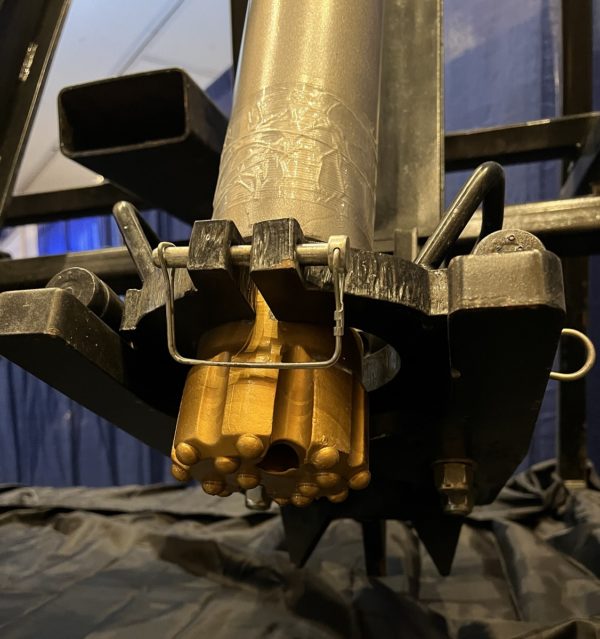
OMG Roofing Products solar mounts were on display as well. The image below shows one of their mounts, which features long screws strong enough to carry wind uplift on their own. The purpose of this product is to allow attachments to a structure with thick layers of insulation and roofing material between solar panels and the important structural components. An OMG representative stood on the hardware to illustrate the force that could be transferred from the unit to the structure without damaging the roofing material.
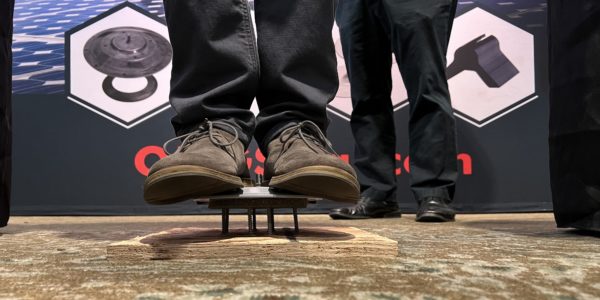
The Hoffman Solar Rooftop Junction Box – Model RJ-1 – collects wire runs from installed solar panel strings, and provides a protected and waterproofed – NEMA 4X rated – path for wires to enter the residential structure when attic runs are planned. The junction box’s integrated flashing prevents water ingress and simplifies installation. Including the flashing, the box is a full one and a half feet tall. The top flashing is covered by roof shingles in the image below. This piece of hardware connects to your roof with two screws (circled in red).
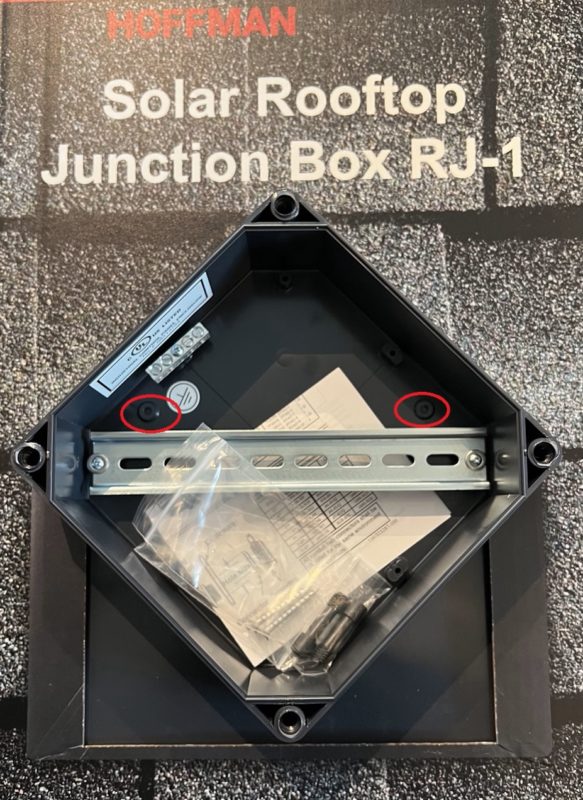
SolarInsure offers project owners a 30 year warranty on all solar hardware, plus the labor and shipping needed for repairs. The company pays labor at $100 per hour, as well covering up to $300 for a truck roll fee. In our brief conversation, we learned that a residential project can buy their insurance coverage for 10¢ per watt of solar panels installed. A commercial project – up to 2 megawatts of capacity – can buy the same coverage at 8¢.
Additionally, SolarInsure’s 30 year warranty covers all roof penetrations. As a contractor, I appreciate this as a sort of insurance for my own company – knowing the customer is covered by a workmanship’s warranty in the short term, and insurance in the long term. When asked whether commercial rooftops using a ballasted system, making no penetrations, could save on the 8¢ – they said ‘no’.
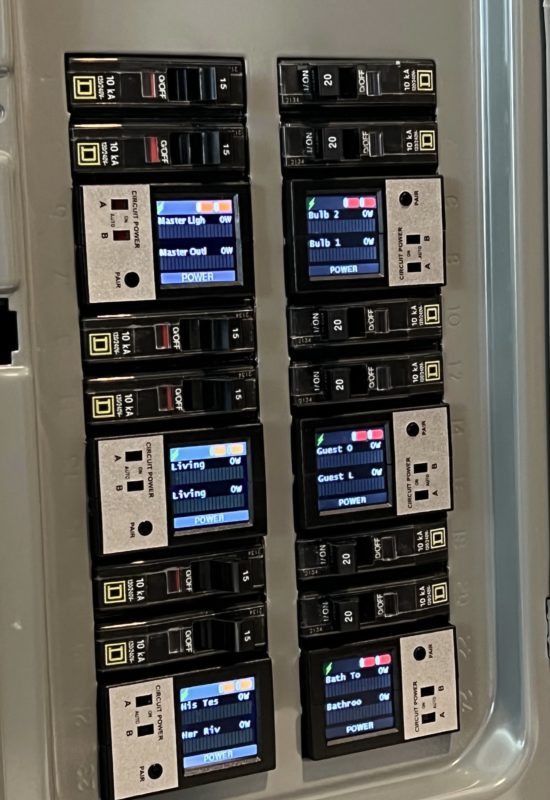
Savant’s Incharge platform was on display, specifically their 240V AC (2 Pole) Relay Companion Module. The home automation units plug into your existing electric panel, competing with products like the Sonnen battery family, or the Span panel.
When nature calls, professionals in the field can turn to American Innotek. Their outdoor restroom products are lightweight, versatile, and environmentally friendly. Products include leakproof, odorless bags, a briefcase that unfolds into a commode, and a privacy tent that can replace a porta potty. These solutions help keep construction workers on site, and of course, they work equally well at a campsite.
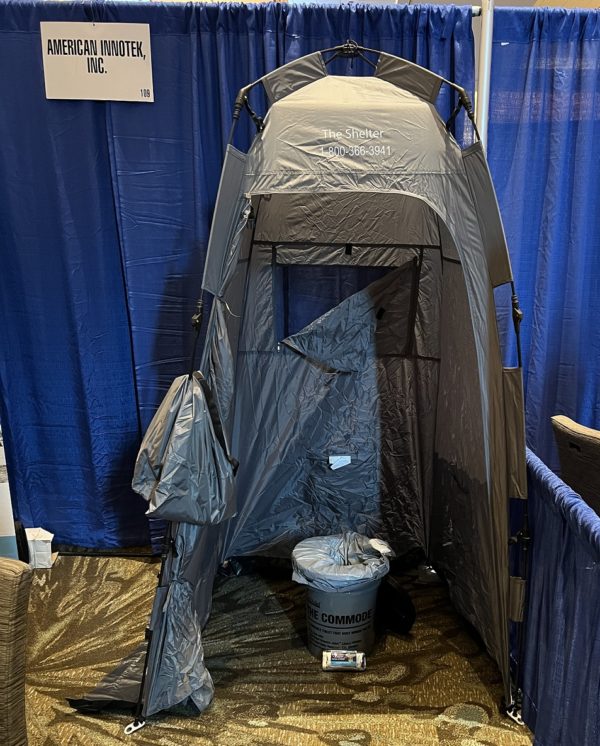
Yotta Energy’s fully integrated distributed energy storage system was on display as well, featuring microinverters and batteries which bolt directly to solar racking. The company recently started rolling out their 1 kWh batteries in California after completing their manufacturing facility and a recent investment round.
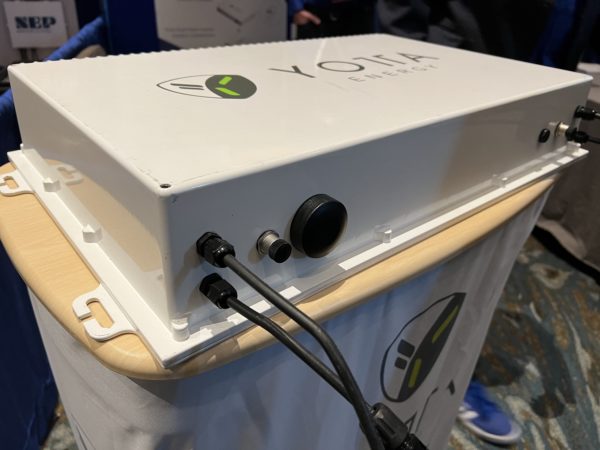
Drone Drafting’s showings at the booth included some pretty cool looking screen visualizations, including the thermal analysis seen below. The company has a large footprint in the northeast US region, and is capable of deploying a professional drone team to customer sites. The company offers survey grade CAD files created by their drones – plus a list of additional deliverables.
The company says their tool can deliver sub-inch accuracy on commercial structures. They claim that their orthomosaic images offer a truer image of a site, as they account for lens distortions, camera tilt, and the curvature of the earth.
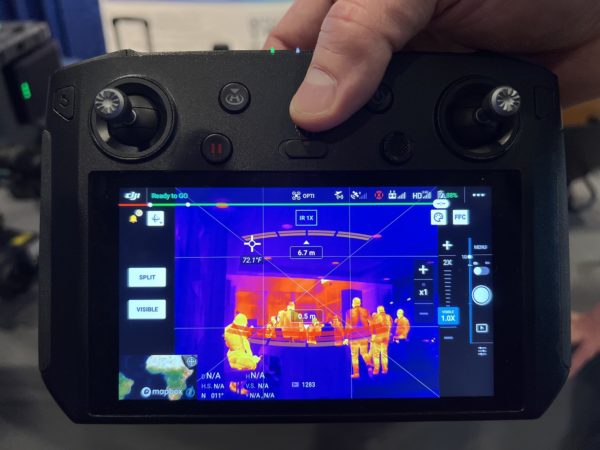
Last, but not least, was an enthusiastic salesman demonstrating the NavVis VLX system. The unit’s purpose is to capture 3D environments using lidar and Simultaneous Localization and Mapping (SLAM) software. The unit allows a technician to focus on walking a site, while the hardware automatically collects information. This can make for a safer information collection process when on a roof or in a complex structure.
Though specific prices were not available, it was suggested that the unit cost around $70-90,000 (it was compared to a nice electric car).
This content is protected by copyright and may not be reused. If you want to cooperate with us and would like to reuse some of our content, please contact: editors@pv-magazine.com.
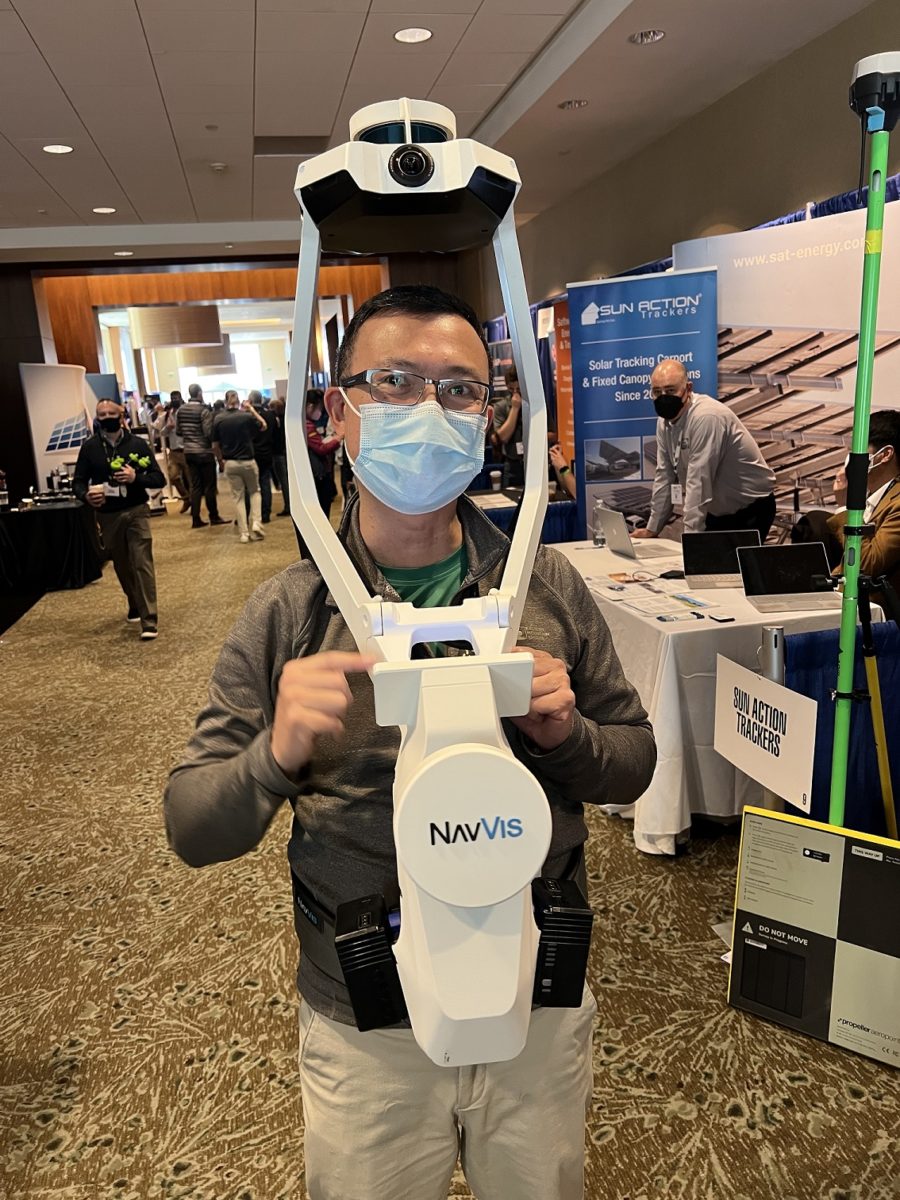







By submitting this form you agree to pv magazine using your data for the purposes of publishing your comment.
Your personal data will only be disclosed or otherwise transmitted to third parties for the purposes of spam filtering or if this is necessary for technical maintenance of the website. Any other transfer to third parties will not take place unless this is justified on the basis of applicable data protection regulations or if pv magazine is legally obliged to do so.
You may revoke this consent at any time with effect for the future, in which case your personal data will be deleted immediately. Otherwise, your data will be deleted if pv magazine has processed your request or the purpose of data storage is fulfilled.
Further information on data privacy can be found in our Data Protection Policy.